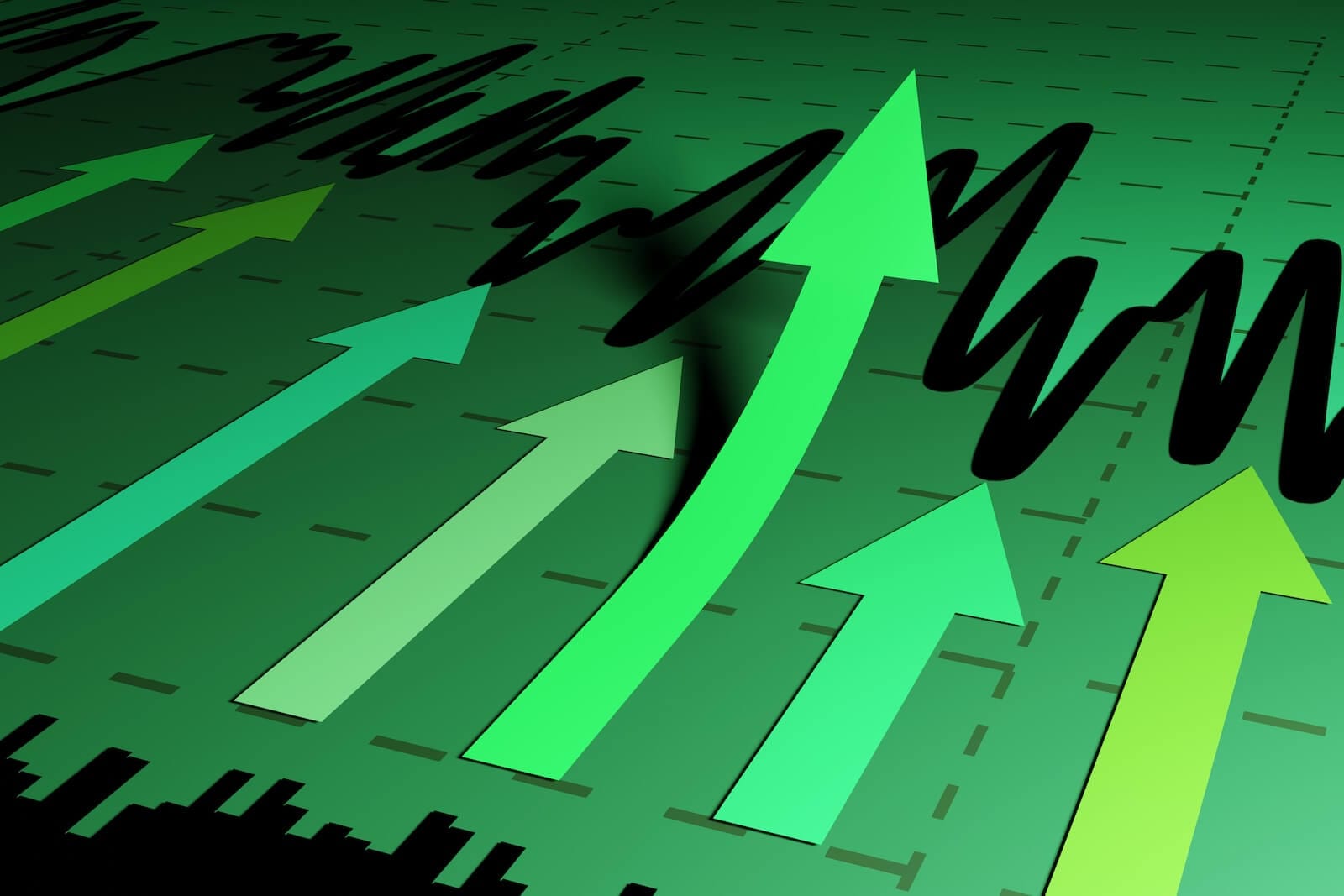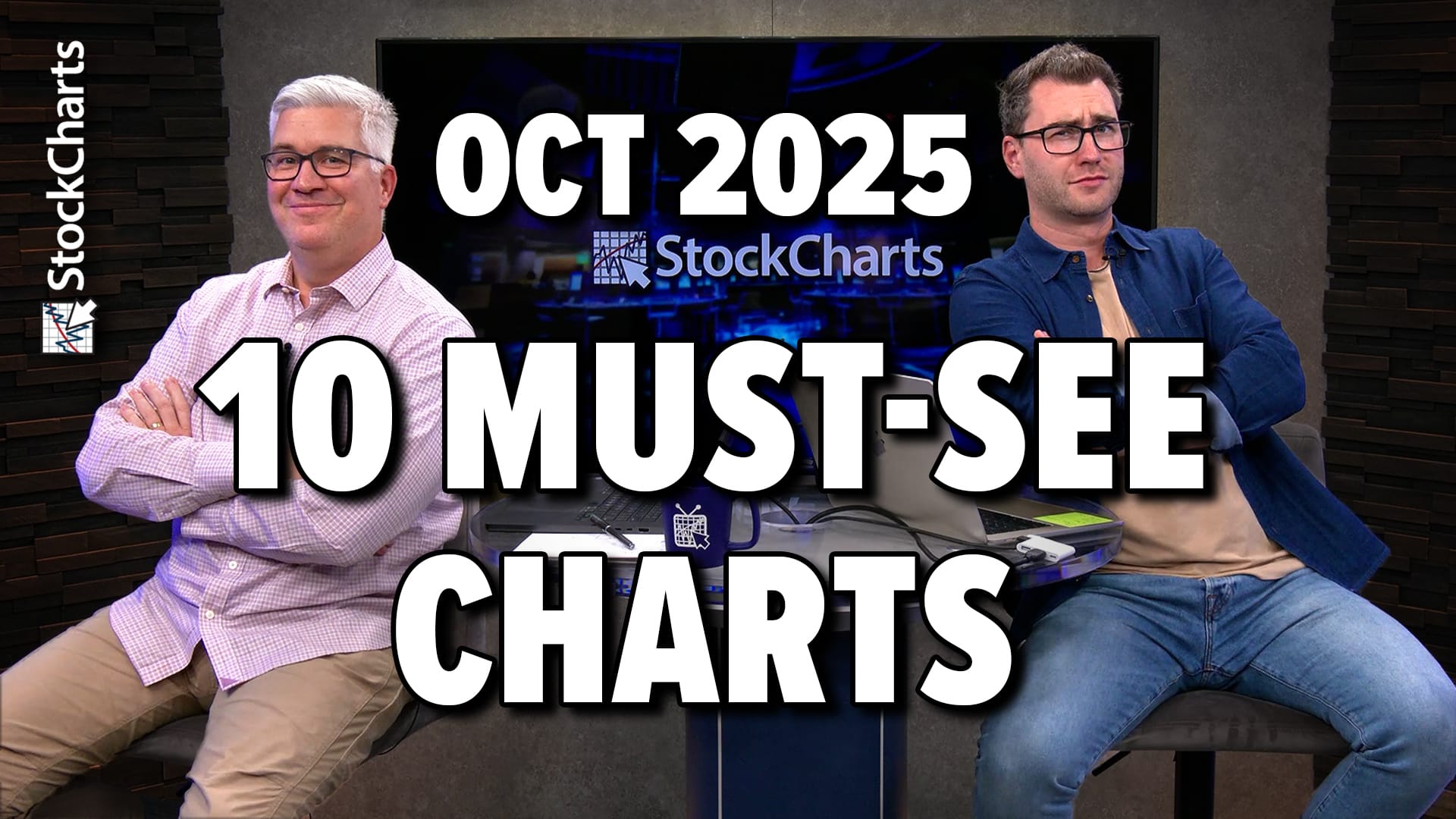RESPONSES TO QUESTIONS ON THE S&P 500
A CORRECTION ... In my Friday evening message, I mentioned that the 1140 level for the S&P 500 was important because it represented a couple of percentage retracement levels. One of our readers pointed out, however, that one of the numbers was incorrect. Here are the right numbers. Chart 1 shows the percentage retracement levels for the last upleg that started in late October near 1090. The 1140 level (which is also the early October peak) is a 50% retracement of that latest upleg. Chart 2 measures the percentage retracement levels from the start of the entire upmove that started in early August from 1060. That chart shows the 1140 level being a 38% retracement of that longer uptrend. [I had incorrectly given that number as 50% on Friday]. There's another reason why 1140 is very important technically. And that has to do with Elliott Waves.

Chart 1

Chart 2
A FOURTH WAVE CORRECTION?... I've written several times that I considered the current market rally to be a fifth (and final) upwave in the cyclical bull market that started near the end of 2002. A fifth wave, however, also breaks down into five waves. One of our readers asked if the market could be entering a "fourth" corrective wave in that five-wave sequence. That would be my current interpretation. Chart 3 shows what seems to be the most logical pattern. The S&P 500 has had two uplegs since early August (waves 1 and 3) interrupted by one downside correction into late October (wave 2). That would make any downside correction (or sideways consolidation) a potential wave 4. Here's where 1140 comes into play. A wave 4 should never move under the top of wave 1. That makes the 1140 level very important. [I'm using 1140 as a round number. The actual intra-day peak was 1142 as shown on the chart]. That interpretation leaves room for another (and probably the last) upwave in this Elliott wave sequence. That would also fit into my view that the market could rally into January in keeping with its usual seasonal pattern before running into any serious trouble. There's another factor which argues for the wave count shown in chart 3. Wave 1 is usually the smallest of the three upwaves (1,3,and 5). Wave 1 for the S&P rose 82 points. Wave 3 should be larger than that amount and it was. Wave 3 rose 98 points. Here's another feature of wave counts. Since Wave 2 was a downside correction, odds favor Wave 4 being a sideways pattern like a symmetrical triangle. It's called the law of alternation. We'll be looking to see if that happens. And, yes, I'm still cautiously optimistic for the balance of the year -- as long as the 1140 level isn't broken. Thanks for the questions and the correction. MORE LATER.

Chart 3













